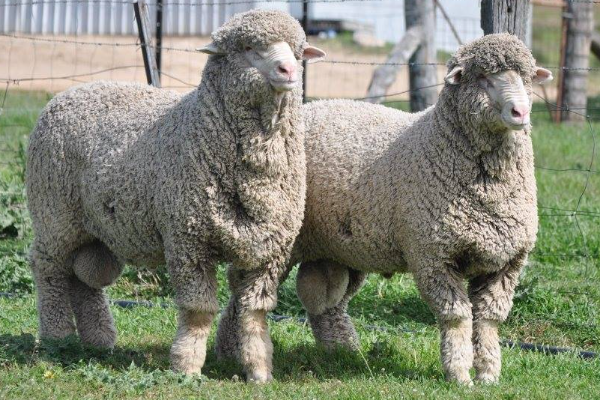Cashmere Demystified: What Makes One Sweater Better Than Another?
- CH CH
- Jun 23
- 3 min read
For anyone who has held a cashmere sweater between their fingers, the softness is unmistakable—luxurious, comforting, and impossibly light. Yet, not all cashmere is created equal. If you’ve ever wondered why one 100% cashmere jumper costs twice as much as another, or why some bobble quickly while others hold their shape for years, this guide will help you unravel the mystery.
Cashmere is a natural fibre collected from the undercoat of cashmere goats, primarily raised in regions with harsh winters such as Inner Mongolia, Nepal, and parts of northern China. These goats grow a fine, insulating layer of fleece to withstand the cold, which is then carefully harvested—often by combing rather than shearing.
The finest cashmere fibres are typically no more than 15.5 microns in diameter (a human hair is about 70 microns), which accounts for the material’s extraordinary softness and warmth.
What Influences Cashmere Quality?
Three main elements determine the quality of a cashmere garment: fibre fineness and length, yarn construction, and knitting technique.
1. Fibre Fineness and Length
Fineness: Finer fibres feel softer against the skin. Premium garments use fibres under 15 microns, while lower grades may reach up to 19 microns—still technically cashmere, but noticeably coarser.
Length: Longer fibres (typically over 34mm) help garments resist pilling and maintain their shape. Shorter fibres tend to work loose more easily, which results in bobbling.
2. Yarn Quality and Composition
Not all cashmere yarns are equal. Blending high-grade fibres with cheaper substitutes, over-processing the fibre, or using short-staple yarns can reduce the yarn’s integrity. Luxury spinners often twist the yarn more carefully and use less aggressive dyeing techniques to preserve the softness and resilience of the fibres.
At times, multiple finer yarns are combined to achieve the desired weight and drape while retaining breathability and loft.
3. Knitting Technique and Construction
The way a cashmere sweater is constructed also plays a pivotal role in its overall quality:
Gauge: The number of stitches per inch. Finer gauge knits (e.g., 12- or 14-gauge) yield a sleeker, lighter sweater ideal for layering. Lower gauge knits (e.g., 7-gauge) feel thicker, more casual, and offer greater warmth.
Seams: Fully fashioned garments—where each piece is shaped during knitting and then linked by hand—offer better drape and durability than cheaper cut-and-sew alternatives.
Double vs. Single Ply: Double-ply cashmere is often more durable and resists holes or thinning. Single-ply, while light, may not stand up to long-term use quite as well.
Grading Cashmere in Practice
In some collections, particularly those built with transparency in mind, garments are grouped into value, classic, and premium tiers—not unlike how wines are classified. For example:
Value Grade: Still 100% cashmere but made using basic yarns, often single-ply with shorter or slightly thicker fibres. These pieces are softer than standard wool but may show wear sooner.
Premium Grade: Crafted using ultra-fine, long-staple fibres and often multi-ply yarn. These sweaters breathe better, resist pilling, and last significantly longer—justifying the price point.
Surprisingly, no. Two jumpers labelled “100% cashmere” may feel remarkably different. Industry regulations allow wide interpretation, and not all producers are forthcoming about fibre grade or yarn source. That’s why shopping by feel, asking for details on yarn origin, and trusting brands committed to ethical sourcing and transparent grading make such a difference.
Higher-grade cashmere, when responsibly sourced and properly cared for, lasts for years—if not decades. Investing in fewer, better-made items not only ensures warmth and elegance but also supports more sustainable fashion choices.
Understanding cashmere is not just about luxury—it’s about making informed decisions. Whether you’re selecting a wardrobe staple or introducing your customers to a new product line, knowing the subtle distinctions between yarn quality, construction, and fibre characteristics will help you appreciate why one sweater truly is better than another.






Comments